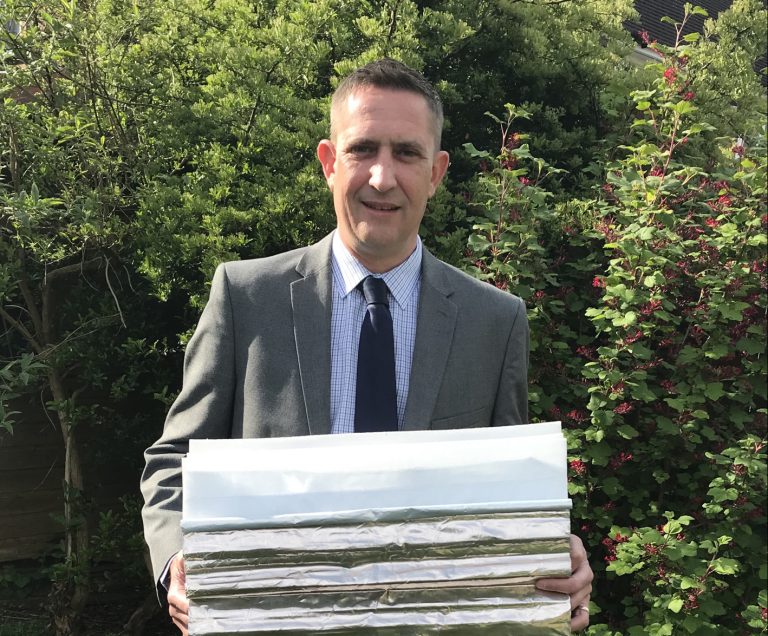In today’s modern world, technology has revolutionized the way we work. From emails to project management tools, digital technology has become an essential component of any business. One of the most significant advantages of this digital transformation is its positive impact on the environment. Some of the major environmental benefits of going digital at work include: Reduced Paper Waste The transition from paper to digital has reduced the amount of paper waste generated by businesses. In the past, offices used to consume large amounts of paper to print documents, memos, and reports. However, with the introduction of digital technology, employees can now store and share documents electronically. This has significantly reduced the need for printing and has, in turn, reduced the amount of paper waste. According to research, an average office worker in the U.S. generates about 2 pounds of paper waste per day. Multiply this by the number of workers in an office, and you can imagine the amount of paper waste generated. By going digital, businesses can reduce their carbon footprint and make a positive impact on the environment. Make the switch from a paper-wasting sticky note planning system and go digital instead. Lower Carbon Emissions The use of digital technology has also led to a reduction in carbon emissions. One of the significant contributors to carbon emissions is transportation. In the past, businesses used to transport large amounts of paper documents and products from one location to another. However, with digital technology, documents and products can be shared electronically, reducing the need for transportation. In addition to transportation, the use of digital technology has also led to a reduction in energy consumption. In the past, businesses used to consume large amounts of energy to power their offices, particularly for lighting and cooling. However, with the introduction of digital technology, businesses can reduce their energy consumption by using energy-efficient devices and systems. Reduced Energy Consumption The use of digital technology has also led to a reduction in energy consumption. In the past, businesses used to consume large amounts of energy to power their offices, particularly for lighting and cooling. However, with the introduction of digital technology, businesses can reduce their energy consumption by using energy-efficient devices and systems. For instance, businesses can use laptops and tablets instead of desktop computers, as they consume less energy. Businesses can also use cloud computing services, which are more energy-efficient than traditional servers. By reducing energy consumption, businesses can reduce their carbon footprint and make a positive impact on the environment. Increased Efficiency Going digital at work can also lead to increased efficiency, which can have a positive impact on the environment. By using digital tools, employees can work more efficiently, which can reduce the time it takes to complete tasks. This, in turn, can reduce the amount of time employees spend in the office, reducing the need for lighting, heating, and cooling. In addition, digital tools can help businesses streamline their operations, reducing the need for resources such as paper, ink, and storage space. By reducing the use of these resources, businesses can reduce their carbon footprint and make a positive impact on the environment. Reduced Water Usage Finally, going digital at work can also lead to a reduction in water usage. In the past, businesses used to consume large amounts of water to produce paper products. However, with the transition to digital, businesses can reduce their reliance on paper products, reducing the amount of water used. In addition, the use of digital technology can also reduce the need for physical meetings. In the past, businesses used to hold face-to-face meetings, which often required employees to travel long distances. This not only led to carbon emissions but also led to the consumption of water and other resources. By using digital tools such as video conferencing, businesses can reduce their reliance on physical meetings, reducing the need for resources such as water. Positively Impact the Environment The environmental benefits of going digital at work are numerous. By reducing paper waste, carbon emissions, energy consumption, and water usage, businesses can make a positive impact on the environment. In addition, going digital can increase efficiency, streamline operations, and reduce costs, making it a win-win situation for both the environment and the business. As we continue to advance in technology, it’s important for businesses to recognize the environmental benefits of going digital and take steps to minimize their impact on the environment. By doing so, businesses can not only reduce their carbon footprint but also contribute to a sustainable future.














